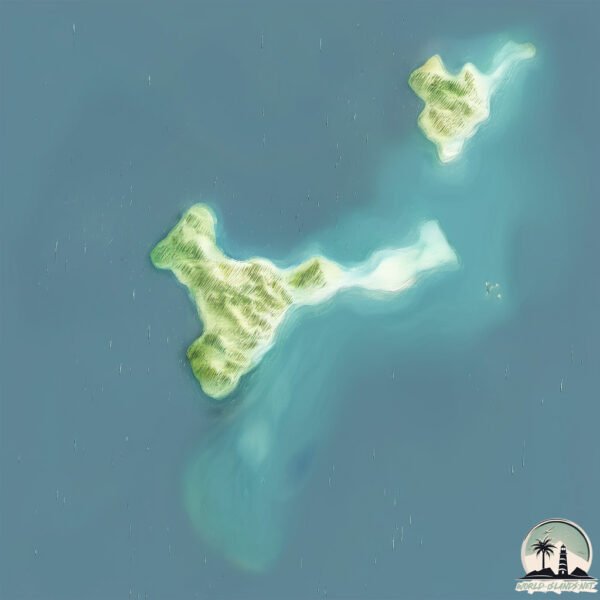Museums

Welcome to Museums, a Tropical island in the Indian Ocean, part of the majestic Indian Ocean. This guide offers a comprehensive overview of what makes Museums unique – from its geography and climate to its population, infrastructure, and beyond. Dive into the details:
- Geography and Size: Explore the island’s size and location.
- Climate and Weather: Weather patterns and temperature.
- Topography and Nature: Uncover the natural wonders of the island.
- Infrastructure and Travelling: Insights on reaching, staying, and making the most of your visit.
- News and Headlines: Latest News.
Geography and size of Museums
Size: 1.196 km²
Coastline: 7.7 km
Ocean: Indian Ocean
Sea: Indian Ocean
Continent: Oceania
Museums is a Small Island spanning 1.2 km² with a coastline of 7.7 km.
Archipel: Bonaparte Archipelago – A group of islands in northern Australia, known for their stunning natural beauty, rich indigenous history, and diverse ecosystems.
Tectonic Plate: Australia – A major tectonic plate covering Australia, New Zealand, and parts of the Indian and Pacific Oceans, known for its relative stability and occasional seismic activity.
The geographic heart of the island is pinpointed at these coordinates:
Latitude: -14.86492703 / Longitude: 124.72130902
Climate and weather of Museums
Climate Zone: Tropical
Climate Details: Tropical Savanna, Wet
Temperature: Hot
Climate Characteristics: Defined by distinct wet and dry seasons with high temperatures year-round. Pronounced rainfall occurs during the wet season, while the dry season is marked by drought.
Topography and nature of Museums
Timezone: UTC+08:00
Timezone places: Australia/Perth
Max. Elevation: 7 m
Mean Elevation: 5 m
Vegetation: Herbaceous Cover
Tree Coverage: 76%
The mean elevation is 5 m. The highest elevation on the island reaches approximately 7 meters above sea level. The island is characterized by Plains: Flat, low-lying lands characterized by a maximum elevation of up to 200 meters. On islands, plains are typically coastal lowlands or central flat areas.
Dominating Vegetation: Herbaceous Cover
Comprising mainly of grasses, herbs, and ferns, these areas are common in prairies, meadows, and savannas, and can vary widely in species composition. Museums has a tree cover of 76 %.
Vegetation: 2 vegetation zones – Low Diversity Island
Islands with two distinct vegetation zones offer slightly more ecological variety. These zones could be due to differences in elevation, moisture, or other environmental factors. While still limited in biodiversity, these islands may offer a contrast between the two zones, such as a coastline with mangroves and an inland area with grassland.
Infrastructure and Travelling to Museums
Does the island have a public airport? no.
There is no public and scheduled airport on Museums. The nearest airport is Broome International Airport, located 440 km away.
Does the island have a major port? no.
There are no major ports on Museums. The closest major port is WYNDHAM, approximately 380 km away.
The mean population of Museums is 0 per km². Museums is Uninhabited. The island belongs to Australia.
Continuing your journey, Uwins is the next notable island, situated merely km away.
Australia is classified as Developed region: nonG7: Developed economies outside of the Group of Seven, characterized by high income and advanced economic structures. The level of income is High income: OECD.
News – Latest Updates and Headlines from Museums
Stay informed with the most recent news and important headlines from Museums. Here’s a roundup of the latest developments.
Please note: The data used here has been primarily extracted from satellite readings. Deviations from exact values may occur, particularly regarding the height of elevations and population density. Land area and coastline measurements refer to average values at mean high tide.
